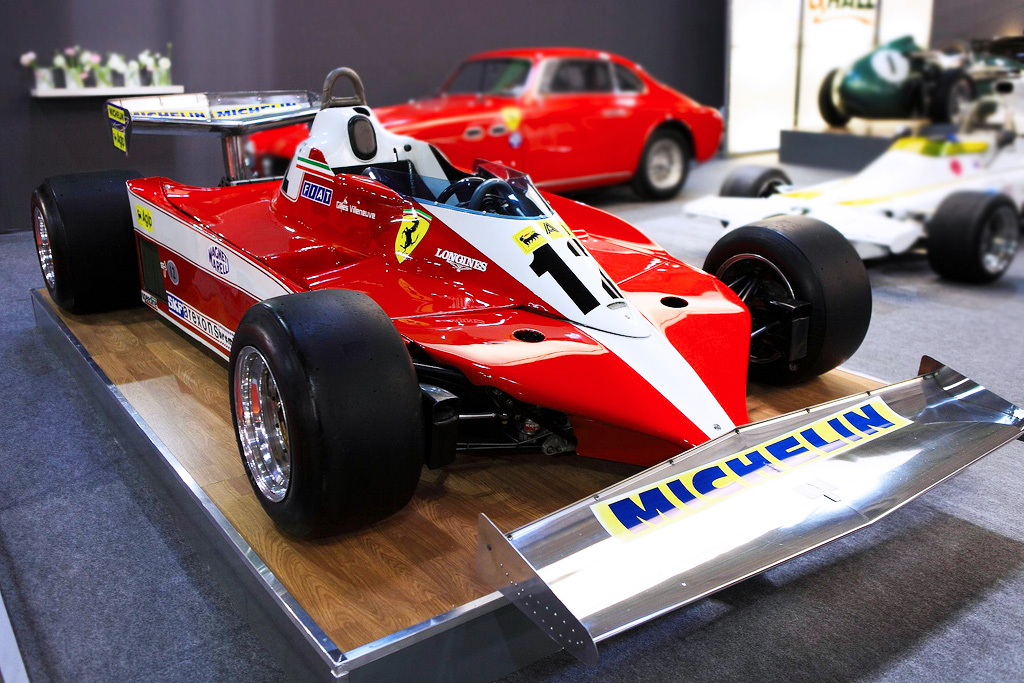Part 84: Carrozzeria Pininfarina – Growth and Innovation
By David Cavaliere
When Serio Pininfarina took the reins of the company in 1961, his flair for both marketing and design shown like a beacon in the industry. The collaboration with Ferrari produced a number of cars for the ‘250 series,’ each powered by a 3 liter V-12 engine. The success led to one of Pininfarina’s best-known Ferrari designs – the Dino series of mid-engine cars, produced from 1968 to 1976. The beautifully styled car became a signature of the Italian look in sports cars. It was the Dino series that propelled Ferrari and Pininfarina into the mass-market car business and it has been said many times that Ferrari would not be Ferrari without Pininfarina. It was Ferrari that built the powerful machines, but it was Pininfarina that made them beautiful.
At the start of the 1960s, Pininfarina could count on production figures of about 1,000 cars per year. Within 25 years, that figure had grown to 50,000. The company’s production growth, which in retrospect made perfect business sense, required extraordinary vision. Starting in the mid-1960s, Pininfarina began serious investment into what is now called ‘the Science of Automotive Design.’ It was a strategy that differentiated the carrozzeria from the other Italian coachbuilders. In 1966, Pininfarina opened the Studies and Research Centre (Studi e Ricerche) in Grugliasco. The research center employed 180 technicians and was capable of producing 25 prototypes a year. The Calculation and Design Center was set up in 1967, the first step in a process of technological evolution that would make Pininfarina the leader in automated bodywork design. In 1972 construction of a full-sized wind tunnel was completed. The project began in 1966. When it opened, it was the first wind tunnel with the ability to test full-sized cars in the world. Ferrari put the facility to good use in 1977 when the Formula One ‘Aero War’ began. To put this foresight in perspective, GM’s full-sized wind tunnel didn’t open until 1980.
Early in the 1960s, the coach maker designed the Alfa Romeo Giulia line of sporty four-door cars. Produced from 1962 to 1978, the Giulia sedans were noted for lively handling and impressive acceleration. Pininfarina’s styling of the car is unquestionably boxy, yet such shapes can be deceiving. The use of a wind tunnel during development led to a very aerodynamic shape that produced a drag coefficient of 0.34, a remarkably low number for a sedan of the period
Some of the most important designs from that era include the Alfa Romeo 1600 Duetto, later called the Spider. It replaced the legendary Giulia 1600 Spider. Produced from 1966 until 1993, in all, 140,000 were made. In the same year, the Fiat 124 Spider was introduced. This car also had a long production run, from 1966-1980.
In the late 1960s, the Dino Berlinetta Speciale was created as a way for Ferrari to make lower-cost sports cars, without cheapening the esteemed Ferrari name. Powered by a V-6, it was the first mid-engine car produced by Ferrari, who feared that the power of a V-12 would be dangerous in the hands of customers.
1968 saw the introduction of the Ferrari 365 GTB/4, known more commonly as the ‘Daytona.’ With its wedge shape, fastback silhouette, sharp creases and hidden headlamps, Pininfarina’s styling made the car look like it was traveling at speed, while it was standing still. Its beauty has stood the test of time. Another wedge-shaped design that emerged a few years later was the Lancia Montecarlo, a Pininfarina-designed mid-engined sports car. Known as the Scorpion in the U.S. (Chevrolet already had taken the name Monte Carlo), it was produced from 1975 to 1981.
The next Ferraris styled by the Pininfarina were the big GTs – the 365 GT4 2+2, 400 and 412 followed by the mighty Testarossa, a car that came to define the excesses of the 1980s, which is where we will pick up for our next feature. Send comments to [email protected].





